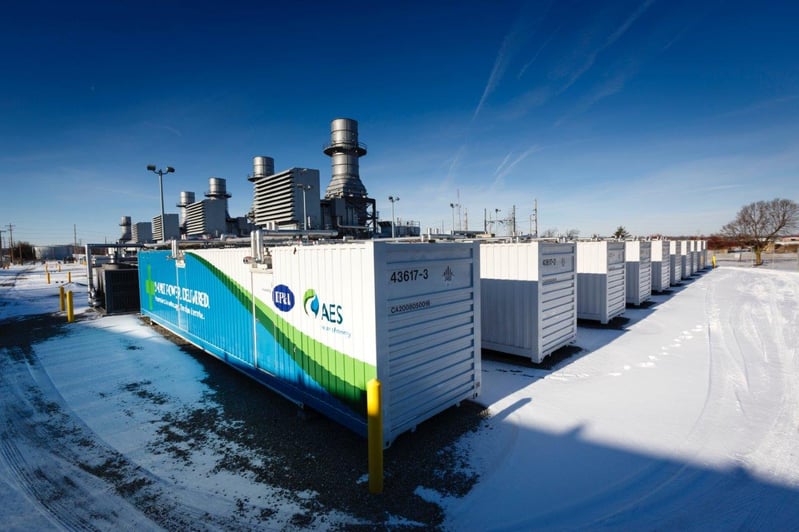
resource (ree-sawrs) noun. 1. a stock or supply of money, materials, staff, and other assets that can be drawn on by a person or organization in order to function effectively.
There is one aspect of grid batteries that is completely overlooked at times – that is their ability to charge or withdraw energy from the grid dynamically. This dynamic ability to absorb energy from the grid is quite relevant to today’s growing need for a more responsive, resilient grid that can handle whatever Mother Nature or bad actors throw at it while expanding its use of variable renewable energy like wind and solar.
Simply put, grid battery arrays like those offered by AES are assets that can be relied upon by utilities and grid operators to supply energy (discharge) AND absorb energy (charge). Both facilities are present in a grid battery and therefore both are functional resources for the grid.
From this perspective, a battery that can discharge and charge at 100 MW is actually a 200 MW grid resource. By the way, this designation is not academic. Grid operators model this fact and see the batteries in this way (see “Finding the Hidden MW”).
Why is this relevant? If a utility or market is procuring resources and determining their cost when they realize they are getting two for one, they might choose one type of resource over another.
Put more directly, from a grid flexibility perspective one MW of battery is worth at least two MW of power plant.
















